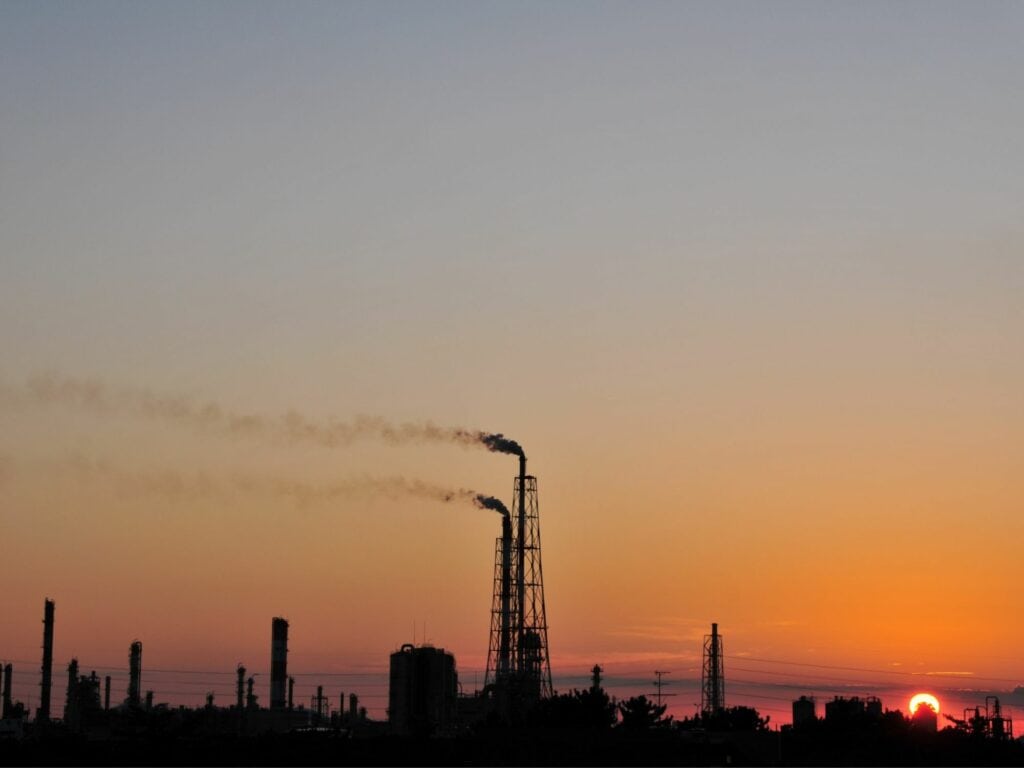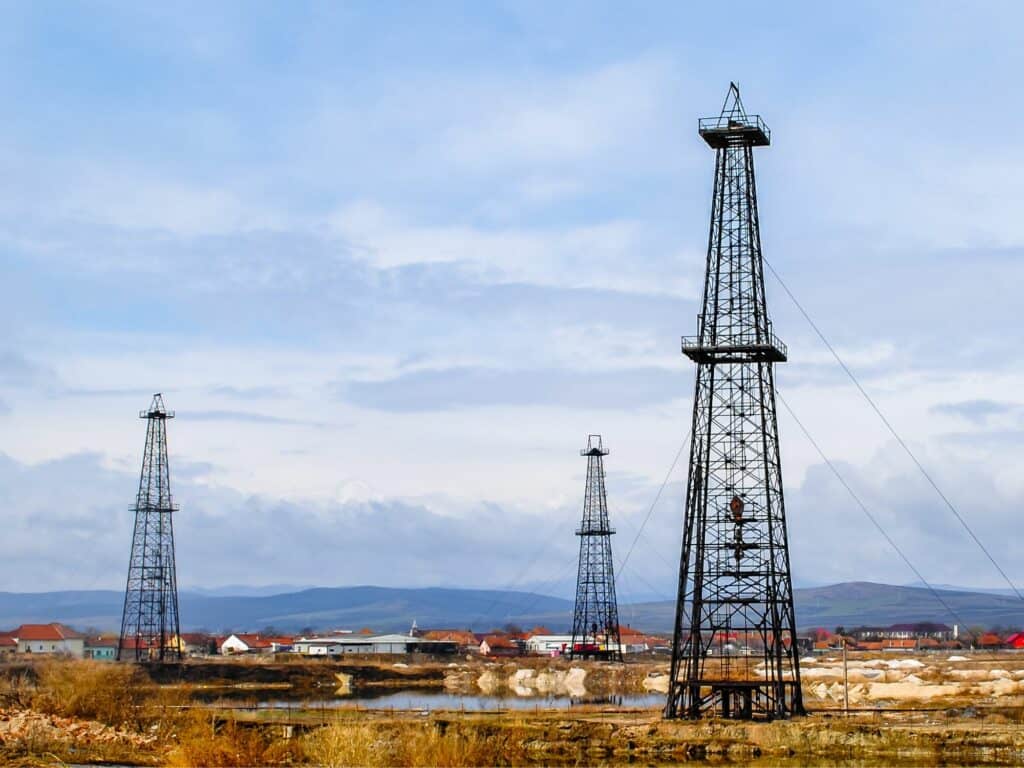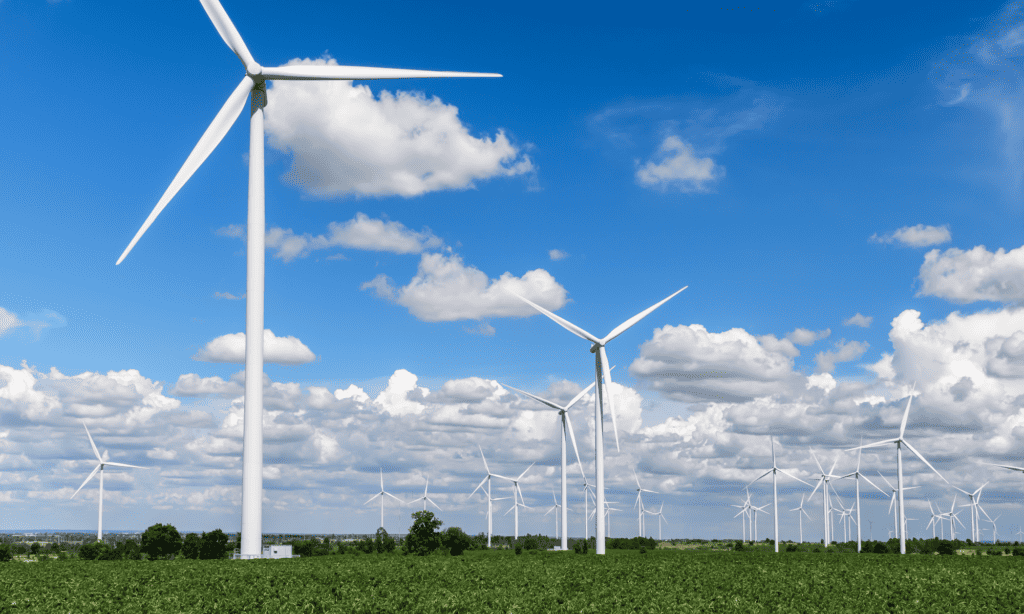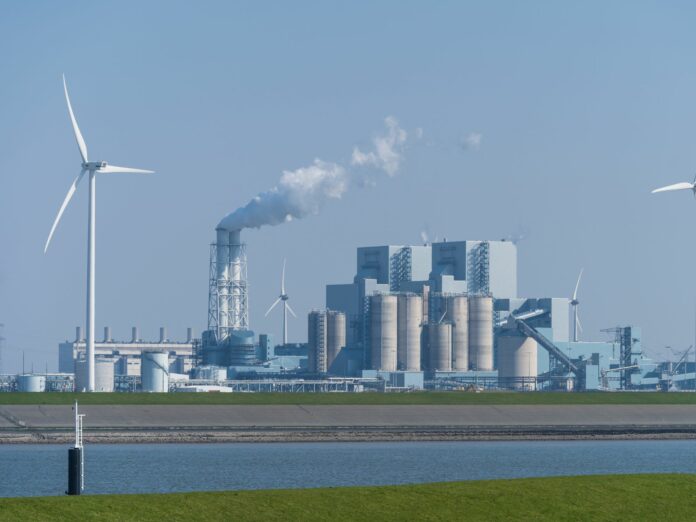Fossil fuels like coal, oil and natural gas play an enormous role in the function of modern society. However, their days are numbered. Fossil fuels are non-renewable, meaning they draw on finite resources and will eventually dwindle once reserves run out. The science behind their formation and availability paints a stark picture of an inevitable future without them. Understanding why fossil fuels are non-renewable can help navigate the transition to sustainable energy.
Introduction
Fossil fuels formed hundreds of millions of years ago from dead organic material like plants and animals. This material accumulated and was gradually buried under layers of rock and sediment over vast timescales. The intense pressure and heat turned the organic matter into concentrated forms of carbon we utilize as coal, oil and natural gas.
This extremely slow formation process means fossil fuels are non-renewable in any practical human timeframe. New reserves are not being produced anywhere near the rate we are using them. Additionally, fossil fuel deposits are scattered and finite. While improving technology enables access to more reserves, ultimately the supplies will dwindle.
In contrast, renewable energy sources like solar, wind, and hydropower are constantly replenished. The science is clear that fossil fuel formation requires geological timescales we simply don’t have. Understanding the non-renewable nature of fossil fuels makes clear the need to transition to sustainable energy alternatives.

Fossil Fuels Formed Over Millions of Years
The Slow Process of Fossil Fuel Formation
The key aspect that makes fossil fuels non-renewable is the immensely slow rate of their formation. Coal, oil and natural gas originates from organic material that lived millions of years ago. Over vast timescales, this material was buried deeper and deeper, exposed to ever-increasing heat and pressure from the surrounding rock and earth.
This extreme pressure and heat very slowly transformed the organic compounds into concentrated hydrocarbons like coal, petroleum oil and natural gas. The entire process takes place on the order of millions of years or longer – far slower than any timeframe relevant to human societies.
Why This Process Can’t Be Replicated
Modern science shows that creating fossil fuel-like compounds requires specific conditions only found deep underground over geological timescales. The intense heat and pressure, combined with anaerobic conditions devoid of oxygen, cannot be artificially generated to any meaningful degree.
Attempting to replicate even a small fraction of the fossil fuel formation process would require mimicking conditions found miles underground. The incredibly slow pace measured in millions of years also cannot be altered or accelerated. That’s why fossil fuels are considered non-renewable – their formation cannot be replicated by humans.
Lengthy Timescales Involved
The sheer timescale involved in fossil fuel formation is central to understanding why they are considered non-renewable. The slow process unfolding over millions of years contrasts sharply with human timeframes.
For example, detectable coal formation took an estimated 180 million years or more. Oil formation ranges from 20 million years to over 100 million years. Natural gas can form slightly faster but still requires millions of years. The biomass and organic matter containing energy was built up over even longer time periods.
No human wants to wait millions of years for a return on energy investment. And the natural fossil fuel formation process certainly can’t keep pace with our current rate of consumption. The science confirms new fossil fuel deposits take far too long to form for any practical renewal.
Limited Supplies in the Earth
Fossil Fuels Found in Finite Deposits
The fossil fuels currently extracted were formed during specific historical periods and geological conditions. This has led to distinct deposits scattered unevenly across the world. Fossil fuel reserves exist in a finite amount of concentrated deposits rather than uniformly dispersed through the earth’s crust.
Coal, oil and gas reserves are non-renewable because they are constrained to these relatively rare deposits. Coal beds, oil reservoirs and natural gas basins are limited and localized based on the regional geology and past conditions at the time of formation. Mining extensively consumes these known deposits.
New exploration can uncover more reserves, but they remain finite. The science shows fossil fuels were created in a patchwork fashion, not continuously replenished sources. Their non-renewable nature stems from an ultimate scarcity in the earth’s crust.
Difficulty Accessing Remaining Reserves
While limited fossil fuel deposits remain globally, they are increasingly difficult and costly to extract as current reserves are depleted. Remaining oil reservoirs may be smaller, deeper or in extreme environments like the Arctic. This raises the costs and energy inputs required for further extraction.
Similarly, surface coal is largely exhausted in many regions, requiring deep mining or tearing up landscapes to access other seams. Shale gas and tar sands require expensive, input-intensive techniques like fracking. As easier to access reserves decline, fossil fuels get harder to renew.

Improving Technology Only Goes So Far
Advances in exploration, extraction and mining technology have expanded reachable fossil fuel deposits. But they remain bound by geological realities and the laws of physics. Even innovative techniques can’t create new reserves or overcome the fundamental difficulty of renewing non-renewable resources.
Accessible oil reservoirs and gas basins are likely to eventually deplete. Improving technology plays an important role in utilizing remaining resources but does not make fossil fuels renewable. There are ultimately limits and diminishing returns to how far it can stretch non-renewable reserves.
Renewables Replenish, Fossil Fuels Don’t
The Sun, Wind and Water Constantly Renew
Unlike finite fossil fuels, renewable energy sources are capable of renewable generation within practical human timescales. The core renewable technologies – solar, wind, hydropower, geothermal and biomass – tap into flows of energy that are continuously replenished.

The sun provides limitless solar energy. Wind is created by atmospheric currents which are constantly renewed. The water cycle endlessly renews hydropower potential. Geothermal derives from the Earth’s residual heat, which is effectively limitless. Biomass can be replanted on timescales measurable in years or decades.
In contrast to million-year fossil fuel formation, renewables can thus provide a sustainable flow of energy over human timescales. This ability to rapidly renew makes renewable generation fundamentally different.
Fossil Fuels Use Finite Resources
Renewables utilize the Earth’s dynamic flows of energy and resources. Fossil fuels are the product of a finite stock of transformed organic matter. This organic matter was created in specific eras and regions, and will not be replenished once extracted and consumed.
While the resource flows powering renewables will continue for billions of years, fossil fuel reserves are strictly determined by past depositional environments. Renewables have access to effectively infinite energy sources like sunlight and wind, while fossil fuels draw down a finite stock limited by geology.
Estimates Suggest Fossil Fuels Will Run Out
Projections indicate that at current and growing rates of consumption, economically recoverable fossil fuels will be severely depleted by the end of this century. Oil reserves may largely run out within 50 years without major new discoveries. Coal may run out within 150-200 years.
Since new formation and discovery happens slowly, while consumption grows exponentially, supplies face an inevitable decline. The renewable flow of solar, wind, and hydro energy can last forever, but the one-time stock of fossil fuels is being rapidly depleted. Their non-renewable essence means running out is inevitable.
Alternatives Are Needed
Renewables Offer Sustainable Options
Renewable energy technologies like solar PV, onshore/offshore wind, hydropower, and geothermal are already growing rapidly as alternatives to finite fossil fuels. Renewables can provide sustainable, clean energy flows long into the human future.

The intermittency of renewables can be balanced via storage, transmission grids, demand management and alternative flexible sources like bioenergy. Integrated intelligently, renewable energy can replace dwindling fossil fuels and power the world sustainably.
Fossil Fuels Have a Deadline
Replacing fossil fuels is an urgent necessity due to their non-renewable nature. Reliance on finite resources means they come with an expiration date, likely within this century for oil and gas. Unabated use would have catastrophic climate impacts as well.
Shift to renewable energy is inevitable. The only question is whether it will happen quickly enough to avoid severe shortages, price spikes and environmental damages along the way. Their non-renewable essence gives fossil fuels a looming deadline.
Change is Inevitable as Supplies Dwindle
Global economies will have to undergo massive structural changes as fossil fuel supplies inevitably decline. Entire industries and energy infrastructure will need to be reworked in the coming decades. This complex transition is already underway but must accelerate.
With fossil fuels tightly woven into our economies, true energy security now requires rapid expansion of renewables, not increasing dependence. Renewables free countries from the geopolitical constraints of non-renewable resources. The conversion to sustainable energy is a generational challenge.
Conclusion
Fossil fuels are fundamentally non-renewable due their origins deep in geological history and the immense timescales required for their formation. The finite deposits in the Earth’s crust are being rapidly depleted by growing consumption. Renewable energy flows can sustainably replace them, but the transition will be an unprecedented logistical and infrastructural overhaul. Understanding the science behind why fossil fuels cannot renew reveals the immense scale of the challenge. But it also makes clear that renewables offer the only long-term path to energy security and environmental sustainability. The fossil fuel era is ending, and the renewables era has just begun.
